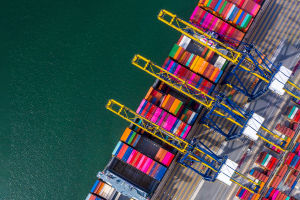Wind power is a form of renewable energy that has been growing in popularity in recent years.
It involves harnessing the power of the wind to generate electricity, which can be used to power homes, businesses, and even entire cities.
Wind power is a clean and sustainable source of energy that has the potential to greatly reduce our reliance on fossil fuels and help combat climate change.
The process of generating wind power involves using wind turbines to capture the energy of the wind and convert it into electricity.
Wind turbines consist of large blades that rotate when the wind blows, which in turn drives a generator to produce electricity.
The amount of energy generated by a wind turbine depends on a variety of factors, including the size and design of the turbine, the speed of the wind, and the location of the turbine.
One of the key benefits of wind power is that it is a clean and sustainable source of energy. Unlike fossil fuels, which emit greenhouse gases and contribute to climate change, wind power generates electricity without producing any harmful emissions.
This makes wind power a great option for reducing our reliance on fossil fuels and transitioning towards a more sustainable energy future.
Another benefit of wind power is that it is a reliable source of energy.
While the amount of energy generated by a wind turbine can vary depending on the wind speed, wind power can be harnessed in a variety of different locations and is not subject to the same price volatility as fossil fuels.
This makes wind power a more stable and predictable source of energy, which can help to reduce energy costs and increase energy security.
In addition to its environmental and economic benefits, wind power also has the potential to create jobs and stimulate economic growth.
The wind power industry has already created thousands of jobs in the manufacturing, installation, and maintenance of wind turbines, and this trend is likely to continue as the industry grows.
In addition, wind power projects can provide a boost to local economies by creating new sources of revenue and attracting investment.
Despite its many benefits, wind power also faces some challenges.
One of the main challenges is the variability of wind speeds, which can make it difficult to predict how much energy will be generated by a wind turbine at any given time.
In addition, wind turbines can be expensive to install and maintain, which can make it difficult for smaller communities or developing countries to invest in wind power infrastructure.
Nevertheless, the potential benefits of wind power are too great to ignore. As the world continues to grapple with the challenges of climate change and fossil fuel dependence, wind power offers a clean, reliable, and sustainable solution.
By investing in wind power infrastructure and continuing to innovate in the field of wind power technology, we can create a more sustainable future.


